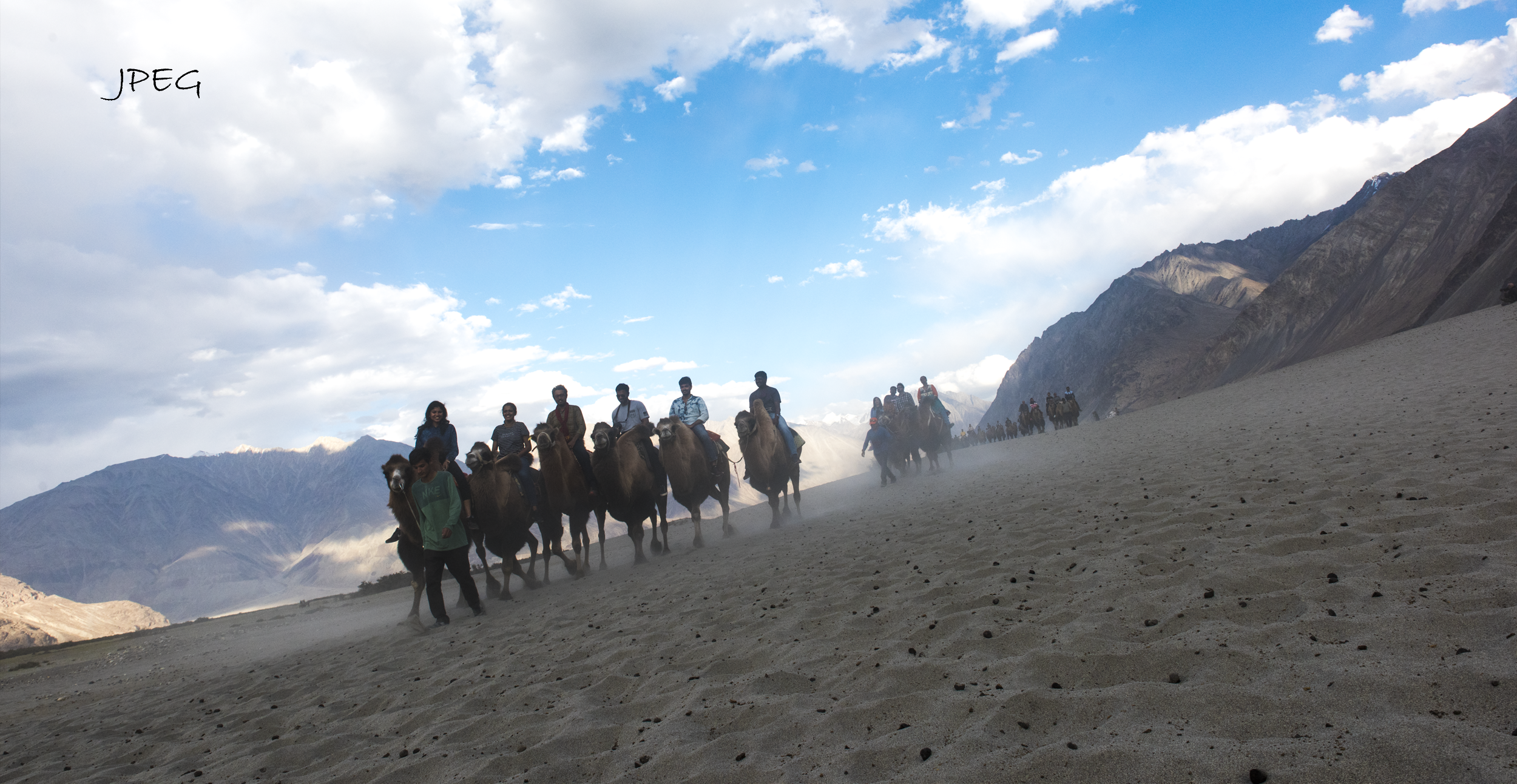
RAW vs JPEG: Which is Best?
a
There seems to be a lot of confusion among some new digital camera owners about exactly what the difference is between ‘RAW’ and ‘JPEG’ file format. Many of the DSLR owner might not even know what ‘RAW’ file format is. This article is intended to be a very basic guide to these file types and how they can be used in day to day scenario.
a
Your digital SLR camera gives you the option of saving your photos as ‘RAW’ files or as ‘JPEG’ or ‘RAW+ JPEG’. Let’s talk about ‘JPEG’ file format first because it is the most widely used format by beginners. When you capture your photographs, digital camera save your images in ‘JPEG’ file format by default – with good reason. You can fit thousands of ‘JPEG’ photos on a memory card, and they are generally good quality and easy to view on a computer or mobile device. You don’t need any special software to open a ‘JPEG’ file, and if you do want to edit one, almost any application from iPhoto to Photoshop can do it. You can upload your photographs directly to any social networking sites ( Facebook, Linkedin etc.). That is perfectly fine to capture your day to day scenario. But one thing you might not know that when you capture in ‘JPEG’ file format, some of the capturing information (color, luminance ) is lost. “information lost” means if you do not set your exposure properly ( if you shoot in M,TV/S,AV/A mode), you might end up with overexpose (brighter than normal photograph) or underexpose (darker than normal photograph) images. But if you shoot in automatic mode (which is not recommended for enthusiast and advanced user) camera will take care of everything, but sometimes you might end up with overexposed or underexposed images.
Now the million dollar question is “What will I do if I end up with bad ( overexpose / underexpose ) images?”
The answers are :
- Try to edit your ‘JPEG’ image in any image editing software ( Photoshop, Lightroom, Gimp etc). But you will not be able to push your editing limit too much as it will ruin your images.
- The perfect solution is capture in ‘RAW’ format and then edit your images in any image editing software ( Photoshop, Lightroom, Gimp etc). Here you will have much better control over your images.
Now the question is what is ‘RAW’ file format and why it is so important? Let’s sort it out!
You can think ‘RAW’ files as ‘digital negative’. I hope you remember, in old days when we used to capture images in film camera we had to go to any photo studio to process and print our images. Here you can process your ‘negative’ on your own, using image editing software. Shooting in ‘RAW’ will give you much more control over how your image looks and even be able to correct several sins you may have committed when you took the photograph, such as the exposure, white balance, lens correction, etc.
As a photographer you should always aim to “get it right in camera.” As a self-taught photographer I know that this can be difficult at first. This is why shooting in ‘RAW’ is essential. You get a second chance to get it right—first chance when you take the picture; second chance when you edit the picture inside the RAW converter.
And on top of that, you can push the limit of ‘ look and feel’ beyond conventional mindset.


When to shoot ‘RAW’, when to shoot ‘JPEG’?
The main reason to shoot ‘JPEG’ is that you get more shots on a memory card and it’s faster, both in camera and afterwards. You can view and upload them without any post-processing. But if you want to take full advantage of your DSLR and want to take your photography further,I will encourage you to capture in ‘RAW’. If you shoot ‘RAW’ files ,you have to then convert them to ‘JPEG’ on a PC before you can view or print them.So you must have post-processing knowledge.
Note that some cameras can store a ‘JPEG’ image along with the ‘RAW’ file. This is the best of both worlds, you have a ‘JPEG’ image which you can quickly extract from the file, but you also have the ‘RAW’ data which you can later convert and process if there is a problem with the ‘JPEG’. The disadvantage is, of course, that this takes up even more storage space.
Conclusion :
I absolutely love to shoot in ‘RAW’ format. The control it gives me in post production is a wonderful feeling. If you want to see more detailed images, and have the versatility and creative control of the editing then taking photographs in ‘RAW’ can be very rewarding, especially once you see the end results.
Shoot in ‘RAW’ will not be an instant magic pill, which suddenly gives you state-of-the-art photos. It will take a little time to get it right. As with everything, patience and practice makes perfect.But when you learn how to use, I promise you that you will love how it improves your photography.
If you love to shoot ‘JPEG’ and are happy with your results, then that’s awesome. Continue with what you’re doing, because shooting in ‘RAW’ will make your workflow take a little longer. But if you secretly dream of improving your photos, why not give ‘RAW’ a chance?
Article By — Arindam Dhar
Share this article


